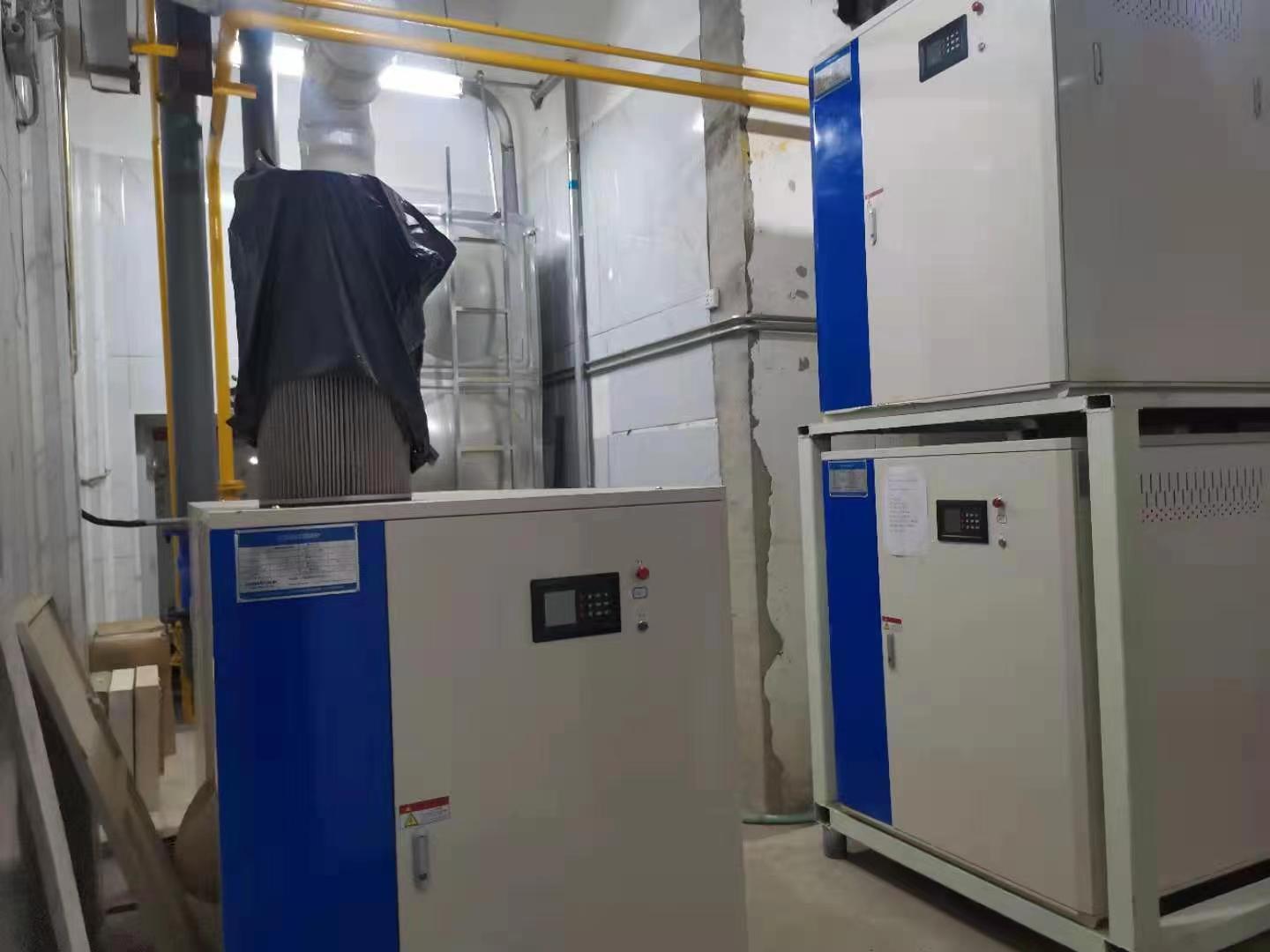- Afrikaans
- Albanian
- Amharic
- Arabic
- Armenian
- Azerbaijani
- Basque
- Belarusian
- Bengali
- Bosnian
- Bulgarian
- Catalan
- Cebuano
- China
- China (Taiwan)
- Corsican
- Croatian
- Czech
- Danish
- Dutch
- English
- Esperanto
- Estonian
- Finnish
- French
- Frisian
- Galician
- Georgian
- German
- Greek
- Gujarati
- Haitian Creole
- hausa
- hawaiian
- Hebrew
- Hindi
- Miao
- Hungarian
- Icelandic
- igbo
- Indonesian
- irish
- Italian
- Japanese
- Javanese
- Kannada
- kazakh
- Khmer
- Rwandese
- Korean
- Kurdish
- Kyrgyz
- Lao
- Latin
- Latvian
- Lithuanian
- Luxembourgish
- Macedonian
- Malgashi
- Malay
- Malayalam
- Maltese
- Maori
- Marathi
- Mongolian
- Myanmar
- Nepali
- Norwegian
- Norwegian
- Occitan
- Pashto
- Persian
- Polish
- Portuguese
- Punjabi
- Romanian
- Russian
- Samoan
- Scottish Gaelic
- Serbian
- Sesotho
- Shona
- Sindhi
- Sinhala
- Slovak
- Slovenian
- Somali
- Spanish
- Sundanese
- Swahili
- Swedish
- Tagalog
- Tajik
- Tamil
- Tatar
- Telugu
- Thai
- Turkish
- Turkmen
- Ukrainian
- Urdu
- Uighur
- Uzbek
- Vietnamese
- Welsh
- Bantu
- Yiddish
- Yoruba
- Zulu
Aug . 19, 2024 12:37 Back to list
Exporters of Lost Wax Casting Components and Services
Lost Wax Casting Parts Exporters An Overview of the Industry
Lost wax casting, also known as investment casting, is a precision manufacturing process that has been utilized for centuries. This ancient technique involves creating a wax pattern that is coated in a ceramic material. Once the ceramic shell has hardened, the wax is melted away, leaving a detailed mold for molten metal to be poured in. The result is a high-quality, intricately designed metal part that meets the stringent requirements of various industries. In today’s global economy, lost wax casting parts exporters are vital players in the supply chain, providing essential components to sectors such as automotive, aerospace, medical, and machinery.
The demand for lost wax casting parts has seen substantial growth in recent years, driven by the increasing need for customized and high-precision components. Exporters have adapted by expanding their offerings to include a diverse range of materials, such as aluminum, steel, brass, and exotic alloys. These materials are chosen based on the specific requirements of the application, ensuring that the final product displays the necessary mechanical properties, durability, and resistance to corrosion.
One of the key advantages of lost wax casting is its ability to produce complex geometries that would be difficult or impossible to achieve with other manufacturing methods. This has made it particularly popular in industries that require intricate designs, such as jewelry, art, and specialized machinery. Exporters capitalize on this advantage by consistently investing in advanced technologies and skilled labor to enhance their production capabilities, ensuring that they can meet the varying demands of clients across the globe.
lost wax casting parts exporters

Moreover, the global landscape of lost wax casting is highly competitive, with exporters emerging from various countries, each offering unique strengths. For instance, countries with advanced manufacturing infrastructure, such as China, India, and several European nations, have established themselves as major players in the export market. They often benefit from lower labor costs, advanced production technologies, and a robust supply chain, allowing them to offer competitive pricing while maintaining quality.
The success of lost wax casting parts exporters is also heavily reliant on effective quality control measures. Given that the industries served often require compliance with international standards, such as ISO certifications and industry-specific regulations, exporters must maintain rigorous testing and quality assurance protocols. This not only ensures the reliability of the parts produced but also instills confidence in their clients, fostering long-term business relationships.
Sustainability is another critical consideration in the lost wax casting industry. As global awareness of environmental issues increases, many exporters are adopting eco-friendly practices in their operations. This includes recycling materials, reducing waste, and optimizing energy consumption during the casting process. By prioritizing sustainability, exporters not only comply with regulations but also appeal to environmentally-conscious consumers and businesses.
In conclusion, the role of lost wax casting parts exporters is indispensable in the modern manufacturing ecosystem. With their ability to produce high-quality, precision components and adapt to ever-changing market demands, they are crucial for the success of numerous industries worldwide. As technological advancements continue to evolve the manufacturing landscape, these exporters are poised to remain at the forefront, driving innovation and meeting the challenges of a globalized economy. The future holds great potential for lost wax casting, ensuring that this age-old technique continues to thrive in the contemporary market.
-
Custom Colloidal Silica Casting High-Precision & Durable Solutions
NewsMay.11,2025
-
Premium Metal Sand Casting Services Custom & ODM Solutions
NewsMay.11,2025
-
Buy High-Strength Concrete Pipe Mould Pallets Durable FRP & Stamping Options
NewsMay.10,2025
-
High-Quality Concrete Pipe Mold Pallets China Factory Original Sale
NewsMay.10,2025
-
Investment Casting Services Custom & ODM Precision Solutions
NewsMay.10,2025
-
Premium Motorcycle Spare Parts Buy, ODM & Custom Solutions
NewsMay.10,2025


